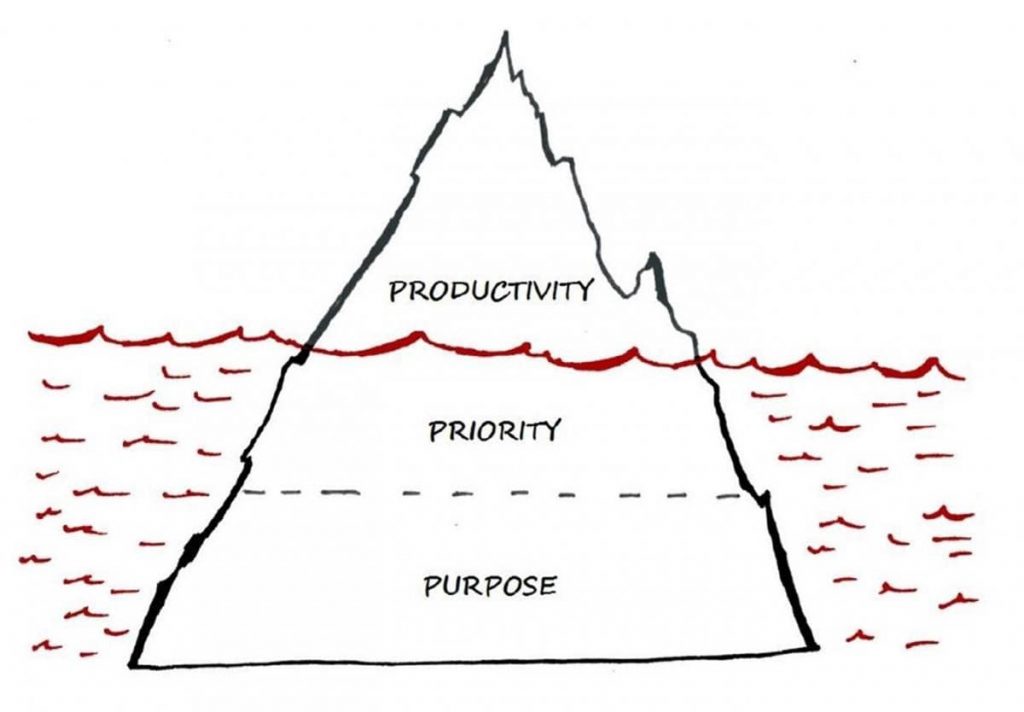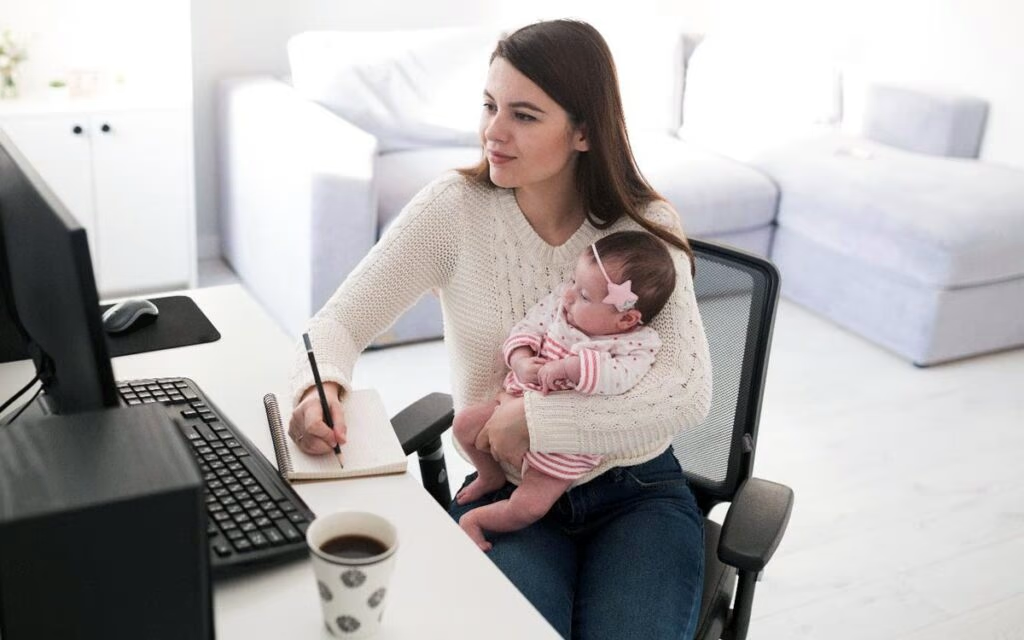Time Allocation Strategies for Juggling Game Development Tasks
If you're a game developer, you know what it's like to juggle multiple tasks and projects simultaneously. You might be working on one big project or several smaller ones. You may be trying to finish up an asset for one game that needs work while working on another entirely.
Even if you only have one or two projects at once, other things still compete for your time: family obligations and social life, dreaming about future games instead of working on them…the list goes on! In this article, I'll share some time allocation strategies I've learned over the years that help me stay focused and efficient when allocating my time between different types of tasks to get more done in less time than ever.
Table of Contents
Unique Challenges in Game Development Time Management

Game development is complex, and managing your time well can be difficult. You need to be efficient, prioritise, and agile. Here are some time allocation strategies for game developers who want to be more efficient:
- Ensure you clearly understand the end goal before starting any task or project. This will help you set realistic expectations for yourself, which means that if something doesn't work out as planned, it won't ruin your motivation (potentially resulting in wasted effort).
- Prioritise tasks based on their importance, not just because they seem fun! Do this by asking yourself, “Will this task help me achieve my goals?” If the answer is yes, go ahead and do it right away; if not, don't waste too much effort on getting started until later when there's more opportunity cost involved (i.e., other tasks becoming harder/impossible due to lack of resources available).
Consider outsourcing visual effects to experts like https://kevurugames.com/game-animation/visual-effects-outsourcing-company/ to streamline your development pipeline.
Prioritising Core Gameplay Mechanics and Features
The first thing to do is prioritise your core gameplay mechanics and features. This means you should focus on what makes your game unique, whether the art style or gameplay mechanics.
For example, if you're working on an RPG and have decided that players can customise their characters' looks with different equipment and clothing options, that's a core feature! It'll give players something fun to do while they're playing through the game (and might even encourage them to come back again). You can always add more content later if needed, but first things first: make sure those basics are all taken care of first!
Iterative Development and Rapid Prototyping

Iterative development and rapid prototyping are two different approaches to game development. Both have their benefits, but they also have their drawbacks. If you're unsure which one to use, consider the following:
Iterative Development
This process involves building and testing the game in small steps; each iteration focuses on a specific aspect of your game (for example, level design). It's an excellent way of developing your game as it allows you to constantly test new features while tracking how they affect other aspects of your project, like art or programming. The downside here is that it can take longer than Rapid Prototyping because every change requires another round of testing before moving on to another development iteration.
Rapid Prototyping
This method involves creating a working model immediately instead of planning everything out. First, it's more about getting something playable up and running quickly rather than perfecting every detail ahead of time (which may never happen).
Efficient Asset Creation and Integration Strategies
The next step is to create assets and integrate them into your game.
It is essential to have a good workflow when creating assets, as this will make it easier for you to track the progress of your project. Using the right tools for the job and processes that work best for your team and yourself would be best. Having people around you who are experienced in creating games can help immensely; they can provide valuable insight into what works well in games and how certain things should be done (or not). It's also vital that these people know how to use their tools effectively.
A poor artist won't be able to create good models if they don't know how Maya works! Finally, using technology wisely can speed up asset creation processes while improving quality and cost-efficiency.
Balancing Coding, Design, and Testing Phases
You must clearly understand your project's needs to balance time spent on coding, design and testing. For example, if you are working on a large game that requires lots of content creation, then it makes sense for you to spend more time designing rather than programming or testing.
If, during development, it becomes apparent that one aspect of your game has been neglected (e.g., gameplay mechanics), then consider shifting some resources from another area into this one until it gets back on track. For more insights on optimising game development, especially in areas like VFX, you can check out this informative article: https://kevurugames.com/blog/vfx-for-games-everything-you-need-to-know/
Time Allocation Strategies in Agile Game Development

In agile game development, we have the concept of iteration. Iteration allows for rapid feedback and learning from your users. With each iteration, you can add more features and functionality to your game based on the feedback you receive from your users. This allows you to make changes quickly without waiting for months or years before getting their results back.
You should also consider using sprints as part of your development process if possible, especially if you're working in a team environment where multiple people are working on different tasks at once but still need some sort of structure so that everyone knows what their responsibilities are within those sprints (or phases).
Utilising Specialised Tools for Game Development Workflow
When it comes to game development, there are many tools out there. Some will save you time and energy, while others can do more harm than good.
The most important thing is choosing the right tools for each task. You don't need an advanced animation suite if all your assets are 2D sprites; likewise, using Photoshop or GIMP for 3D modelling isn't ideal because they aren't designed with this kind of work in mind (though they're still helpful).
When choosing new software packages or services, such as asset creation applications like Maya or ZBrush, ensure they integrate seamlessly into your workflow so that they don't slow down progress with unnecessary steps required between tasks.
Team Collaboration and Communication in Game Development
A game development team comprises many people with different skills, but you need to make sure that everyone has the same understanding of their role and how it fits into the larger picture.
Communication is vital when it comes to working with other members of your team or with clients. You may have heard that communication is one of the most essential things in any relationship, which holds for business and personal relationships! It's also crucial when developing games because there are many different aspects to keep track of, whether art assets, coding logic or sound effects. Every person involved needs to understand what they're contributing to do their best work without feeling overwhelmed by too much information at once (or worse yet, no info).
Optimising Time for Playtesting and Quality Assurance

Playtesting is an integral part of game development. It's testing your game, either by yourself or with others, to find bugs and improve gameplay.
Playtesting should be done regularly throughout development so that you can make changes before they become too costly to fix. Playtesters should be chosen carefully. They should be able to provide feedback on both gameplay and art/sound design aspects of your game without being influenced by their preferences (for example, if a playtester says, “This level reminds me of Mario,” then it could skew their opinion). Ideally, this means using other developers as testers!
As a game developer, you must balance managing your time effectively and meeting deadlines. The following tips are designed to help you achieve this goal:
- Prioritise tasks based on their importance and urgency. Start with the most critical tasks and move down the list as time allows.
- Delegate non-essential tasks when possible, freeing up your schedule for more urgent tasks requiring your attention or creative input.
- Keep track of what you're spending your time on so that if something takes longer than expected, it won't throw off other parts of your schedule later in development (or, even worse, cause delays).
Conclusion
This article has given you information about managing your time allocation strategies as a game developer. We hope it helps you keep an eye on what's important and prioritise accordingly to stay productive while still meeting deadlines.
